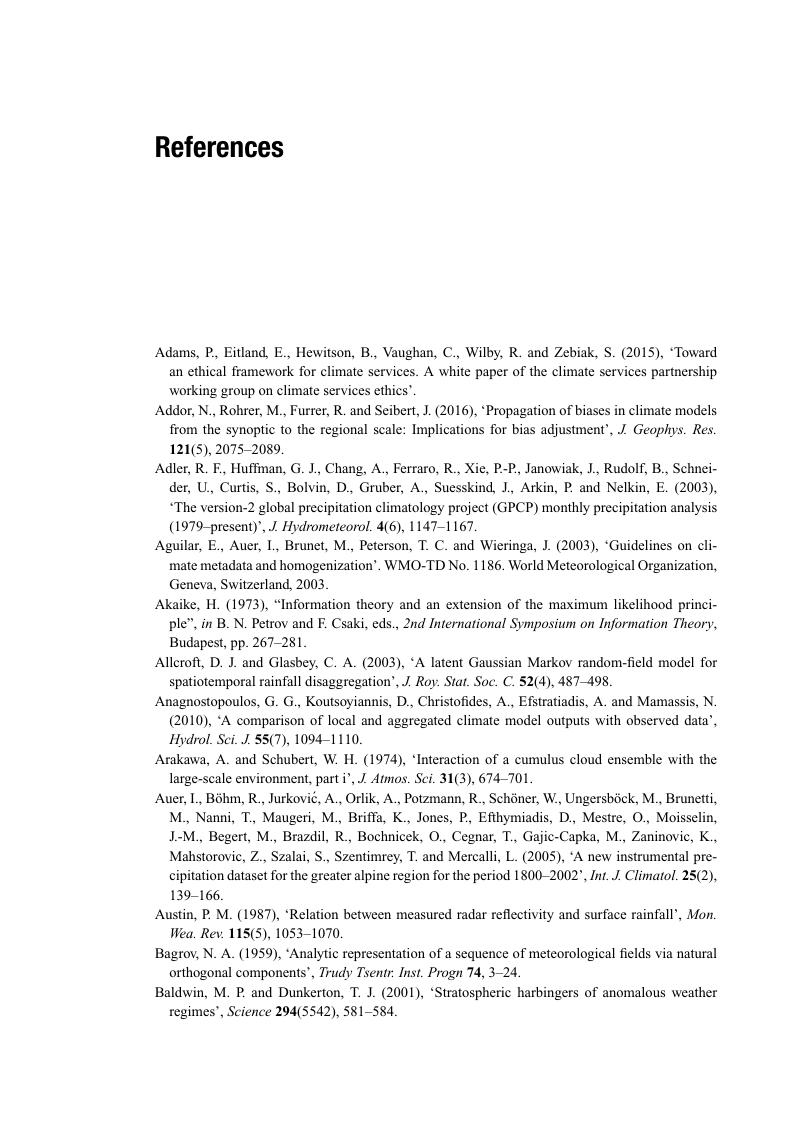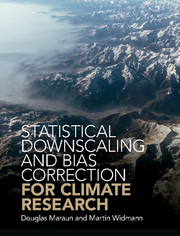Book contents
References
Published online by Cambridge University Press: 27 December 2017
Summary

- Type
- Chapter
- Information
- Statistical Downscaling and Bias Correction for Climate Research , pp. 303 - 341Publisher: Cambridge University PressPrint publication year: 2018



